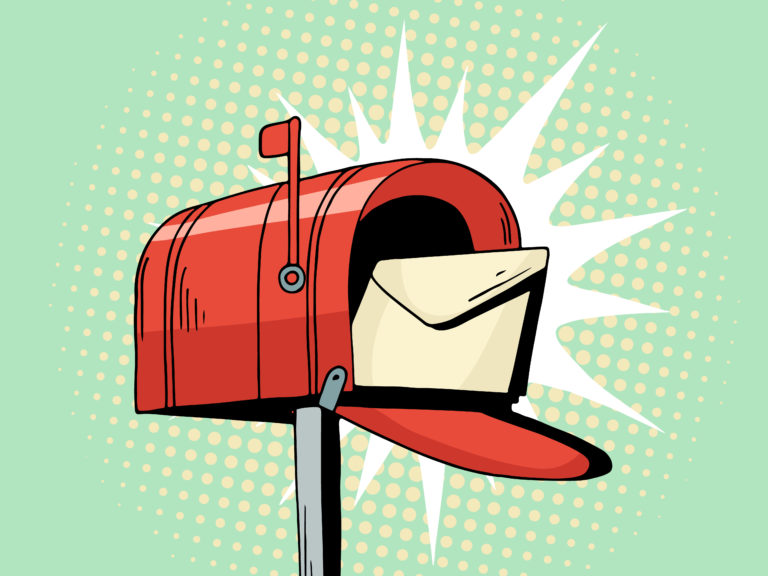In 1975, the Wall Street Journal initiated a direct mail campaign to generate new subscriptions. The piece they created came to be known as “The Tale of Two Young Men.”
Twenty-eight years and $2 billion dollars worth of subscriptions later, they stopped mailing it. Not bad, eh?
Nothing stays the same forever. It’s as true in marketing as it is anywhere. Even “The Greatest Sales Letter of All Time” eventually stopped being effective.
Most marketing pieces don’t have that kind of long-run effectiveness. That’s why it pays to conduct continual testing of your own marketing.
Go Big (Enough)
From your customer base, select out a control group (who will receive your current promotion) and a test group (who will received the new version) that are large enough to produce a statistically valid result.
Too many companies test on too-small groups, which wastes money and produces no useful results.
And remember, with this kind of testing (often referred to as “A/B testing” or “split testing”), you test only one thing at a time. Variables can include:
- new headline
- different photo
- different offer (bonuses, discount, etc.)
- re-worded call to action
There are other aspects of the copy or design which can also be tested, including color schemes, body copy, and more.
ROI, Not Just Response
Counting on response alone as a measure of test success is a bit like trying to get the most “likes” on a Facebook post. It makes you feel good but it does nothing for your bottom line.
With any marketing test campaign, you should only be concerned with the return on investment (ROI) for both the test and the control. This is easy enough to track with date-limited offers.
When your offer doesn’t have an ending date, results may come in for months, but there is a point at which you will have received 50% of all orders for that campaign. This is referred to as the campaign’s “half-life.” By running a few tests with a large enough representative segment of your customer base, you will discover within a few months what the half-life is. (It will be consistent, campaign to campaign). When you know, you’ll only have to monitor campaigns until the half-life date to know the ROI.
Frequency
How often you mail is commonly a concern for email marketers but can also be an issue for direct mail marketing.
Campaign frequency can apply to either the total number of mailings or the number of repetitions of a particular campaign.
If you mail once a month, you could see what happens (in terms of ROI) if you mailed the twice a month to your control group.
In these testing scenarios, short-run postcard printing (as few as 100) is your ally because you can get it done fast and it’s very cost effective, which can do wonders for your ROI.
If you’ve got your control and test lists (and you’re sitting at your computer), you could go to www.prospectsplus.com/pei and do a test campaign right now, in a matter of minutes.
And at Opportunity Knocks, we specialize in small order printing which allows you to easily and affordably run test campaigns. Give us a call at 1 (866) 319-7109 to find out more.








